We use cookies to make your experience better. To comply with the new e-Privacy directive, we need to ask for your consent to set the cookies. Learn more
Let’s Talk About Strongyles: Enemies to horses
Since the existence of internal parasites has come to be known to researchers, veterinarians, and many horse owners, there is that one species that is reputed to be notorious among them all – strongyles (also known as bloodworms or redworms).
Strongyles are the most significant species of equine parasites. More importantly, they are known to be the most dangerous. As they can cause serious health problems in horses and at times even death.
They roughly have cylinder-shaped bodies that appear round in cross-section. This parasite can grow anywhere from a half-inch to two inches. Different varieties of strongyles are colored blood-red, which suggests their name. However some species are colored white. They have what appear to be mouth parts equipped with teeth to help themselves attach better to the intestinal lining of the horse.
All strongyles maintain their life cycles without involving other hosts. Unlike tapeworms, which need a specific host to carry on their lifcycle, strongyles don’t need one. However, they can’t infect a horse when the eggs are passed in the manure. They need to reach a specific stage in their life cycle before they become infective.
Horses pick up the larvae while they go grazing. Infective strongyle larvae can be found crawling on the grass blades. This is how the notorious worm finds its way inside a horse. In addition, ingestion of contaminated water or soil can also grant the worm access to the inside of a horse.
Know the Different Strongyle Groups
There are different species of strongyles but they can be divided in two major groups. The large strongyles and the small strongyles. These groups may be different in one way or another but they share similar patterns of development and reactions to different environmental conditions.
The size of these parasites may be the most obvious difference between them. Large strongyles are stout and can reach a length of up to 2 inches. On the other hand small strongyles are hair-like in structure yet still visible to the naked eye.
Both large and small strongyles may have identical lifecycles but they have different ways of infecting a horse. Large strongyles infect the horse once they are in the intestine and leave shortly after, taking a tour to different tissues in the horse’s body over the next 6-11 months. Small strongyles, on the other hand, wreak havoc in the mucosal lining of the horse’s large intestine, where each worm will be encapsulated with a form of scar tissues. They are like cocoons hibernating within the lining and develop further. The capsule protects the worms from immune reactions produced by the host as well as from different equine dewormers.
Horses are likely to get infected with strongyles when grazing is the main method of feeding. In fact, pastured horses tend to get strongyle infections compared to horses kept in stables. Horses can be immune to infections caused by strongyles but immunity only means that the disease is kept at bay rather than totally eliminating it.
The Troubles of Strongyles
Strongyle infections can be destructive; when these parasites migrate to different tissues, they leave traces of damages to the horse’s health manifesting through weight loss, fever, dull hair coat, loss of appetite, poor overall performance, and a pot-bellied appearance; diarrhea, constipation; inflammation and bleeding ulcers in the horse’s cecum and colon lining; and anemia among many others.
There is also a common (and serious) problem brought about by heavy small strongyle infestations called larval cyathostomosis. This phenomenon occurs when there is a sudden emergence of encysted larvae in great numbers. It usually occurs more often during winter or spring and can cause severe irritation of the lining on the cecum and colon. This result in muscular wasting, compromised gut motility, diarrhea and severe colic. On rare occasions, horses can die without showing much signs. Larval cyathostomosis is considered a fatal disease brought about by equine parasites, which makes small strongyles a more dangerous culprit than we initially thought.
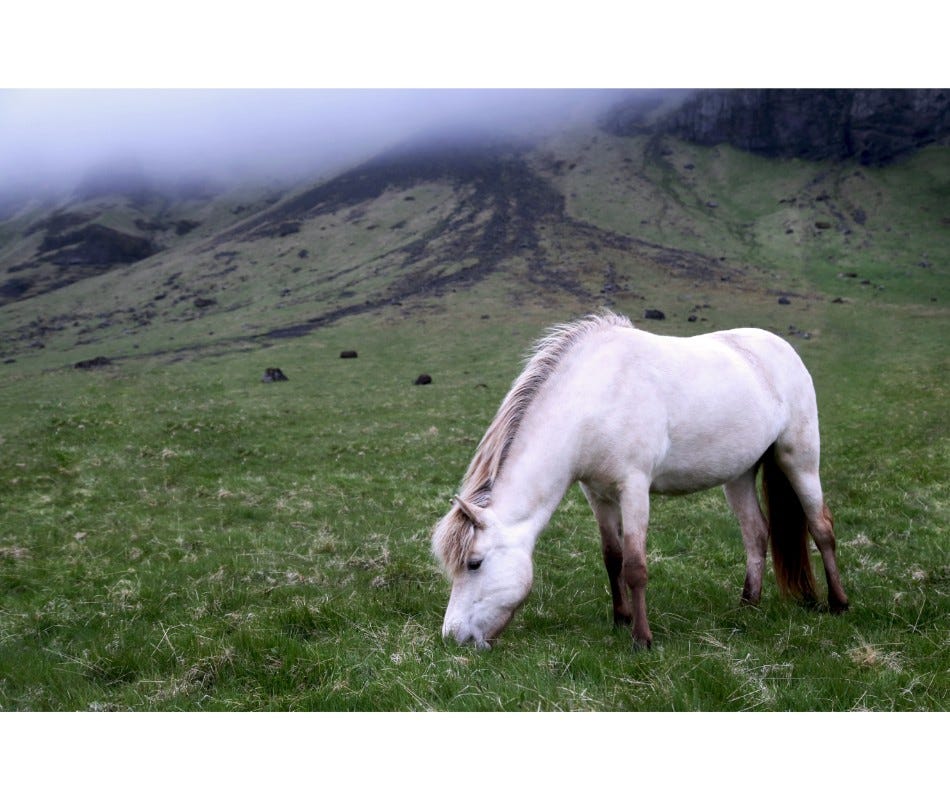
Control and Prevention
There are various equine dewormers marketed today and most of them are broad spectrum. This means they can target a wide array of worms in horses. However, dewormers that claim to have efficacy against strongyles are only good against the adult, egg-laying stage. But dewormers such as ivermectin and fenbendazole (in greater doses) can work effectively against the migrating large strongyles. Fenbendazole can work when given in elevated dosages for 5 consecutive days. On the other hand, ivermectin may not work as effectively against encysted small strongyles but fenbendazole (in multi-dose regimen) demonstrated an efficacy against this specific stage of the worm.
Preventing strongyle infection is better than treating them. One of the basic methods of preventing infections is to limit the pasture time for your horse. Unfortunately, this may be impractical considering that other problems (such as developing vices from boredom, changes in feeding regimen) may result when your horse is totally kept from pasture. It is also important to enforce a strongyle control program to at least help in reducing the number of infective larvae which may be present in the pasture grass.

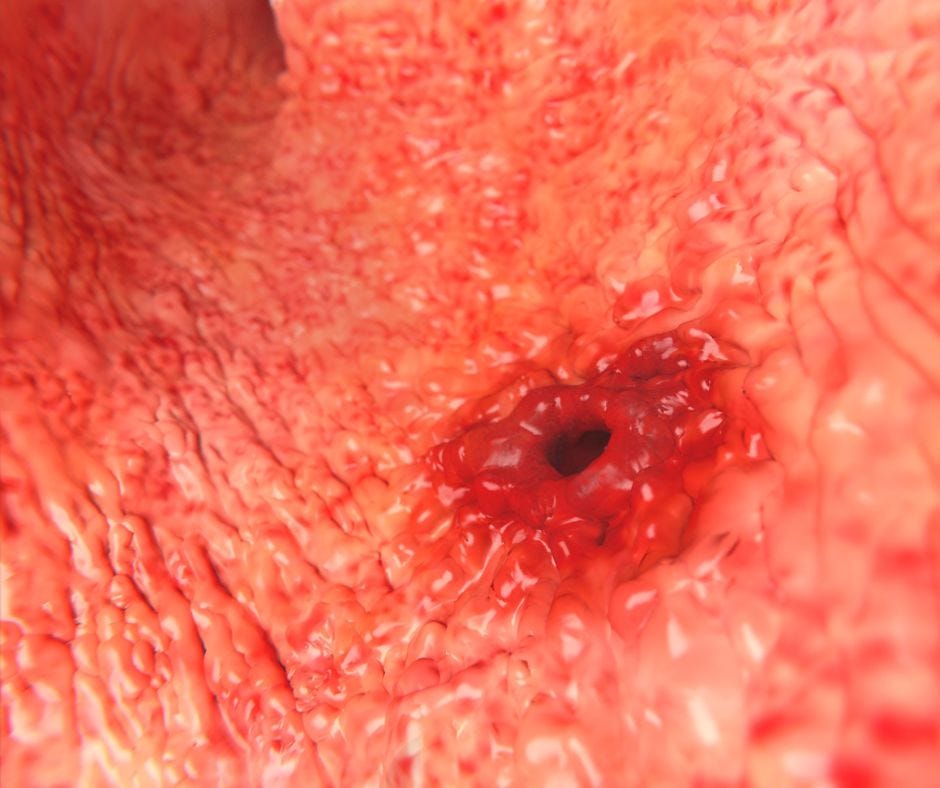
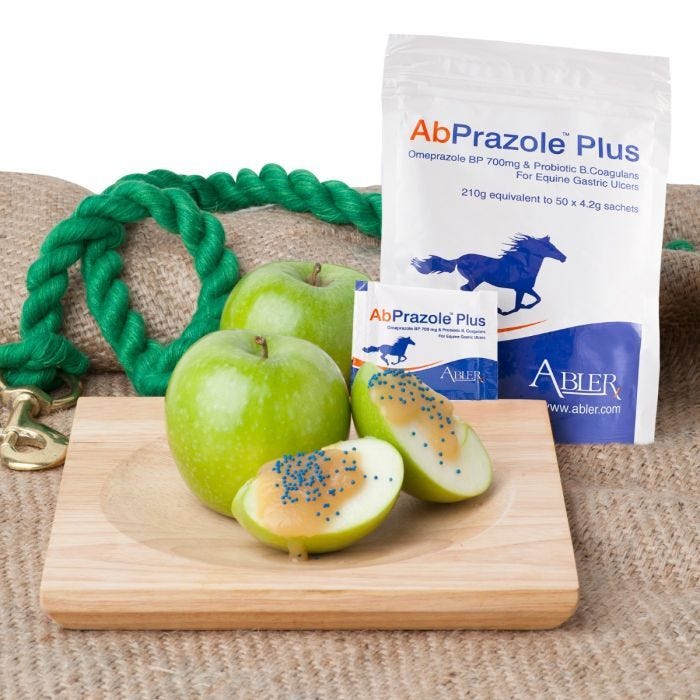
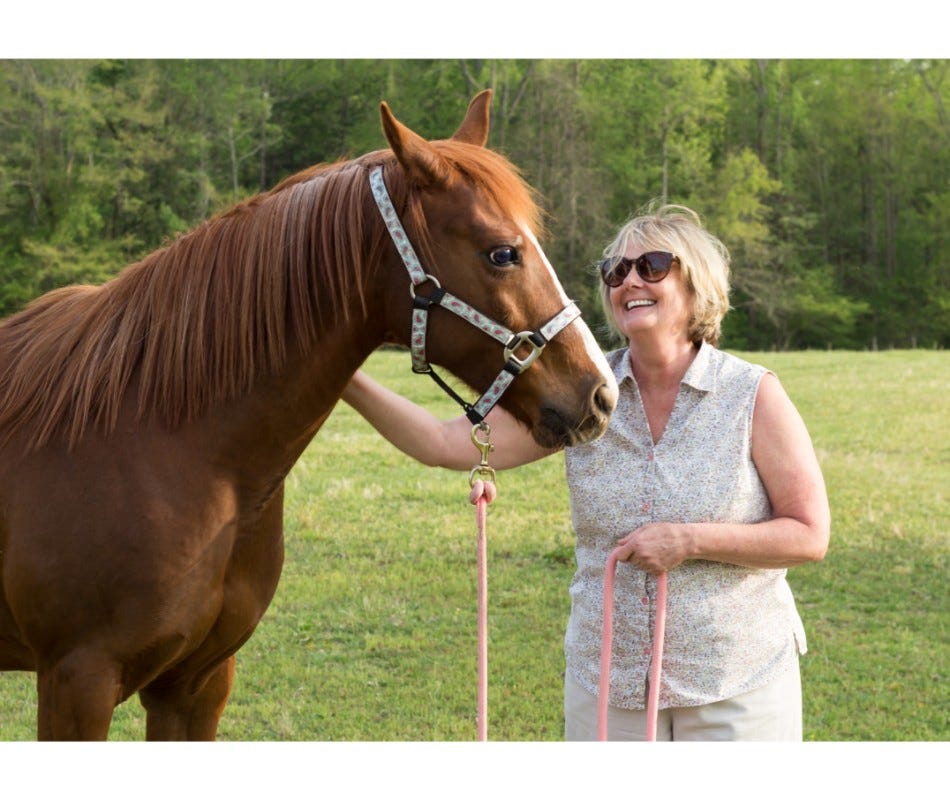
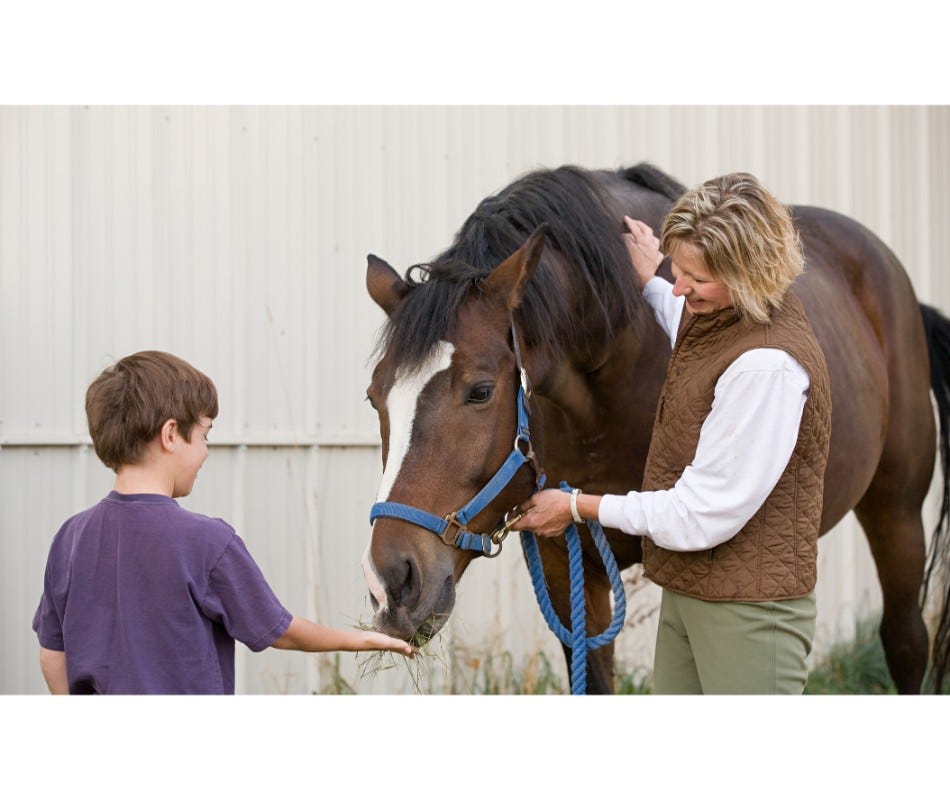
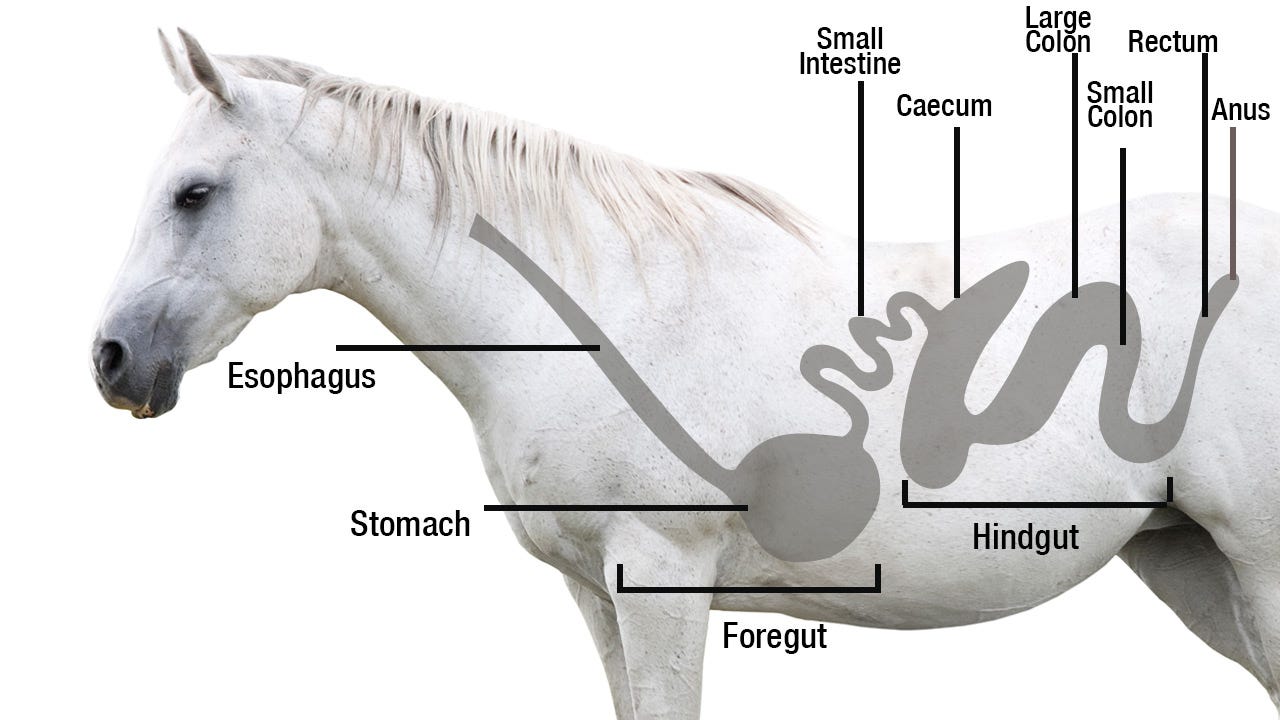

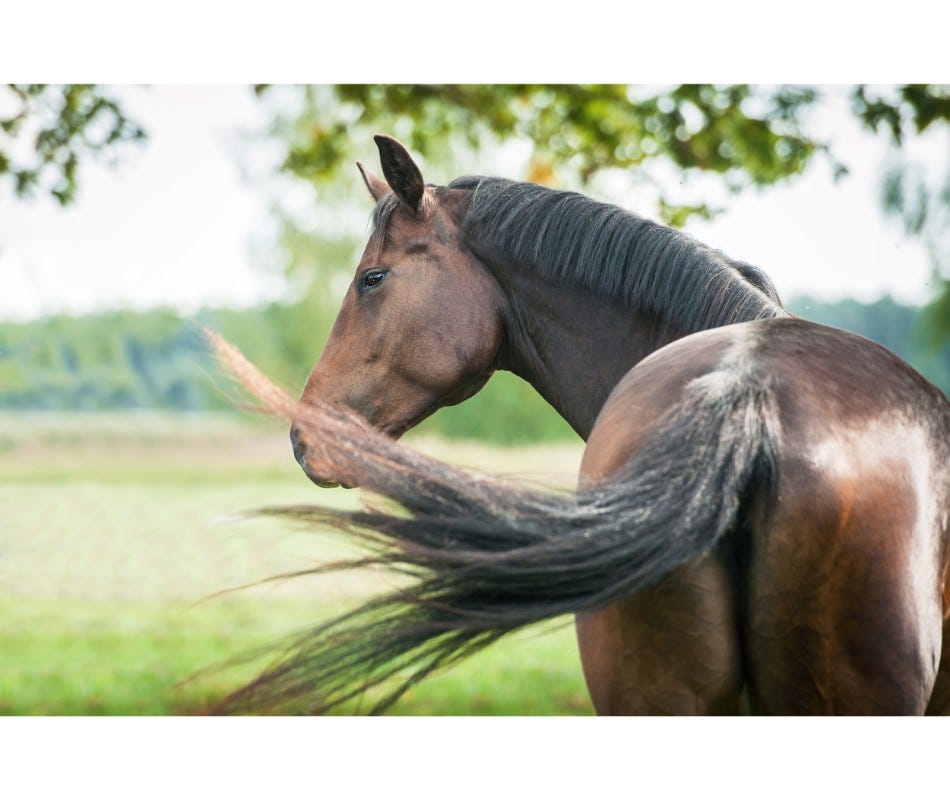
Validate your login